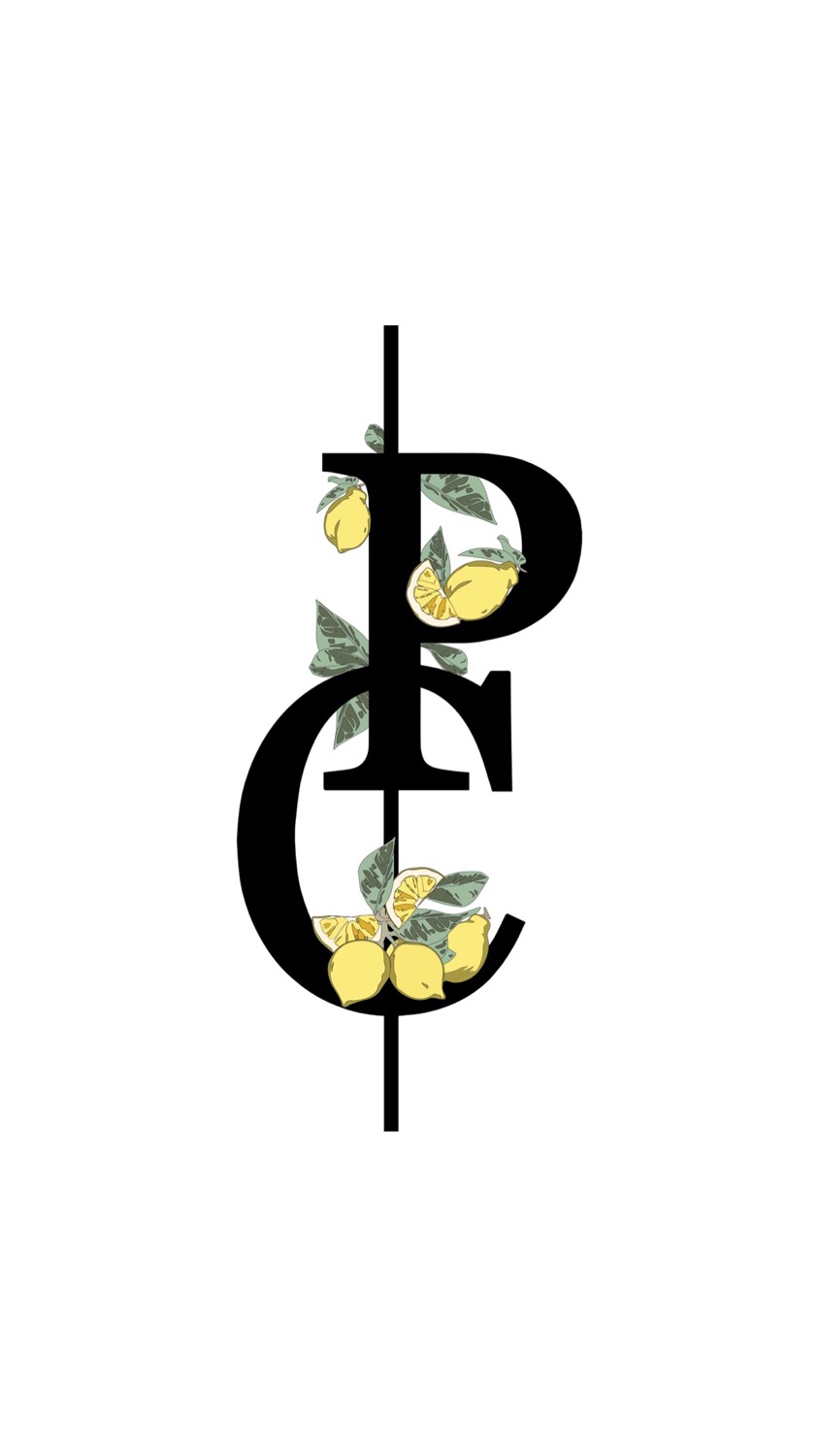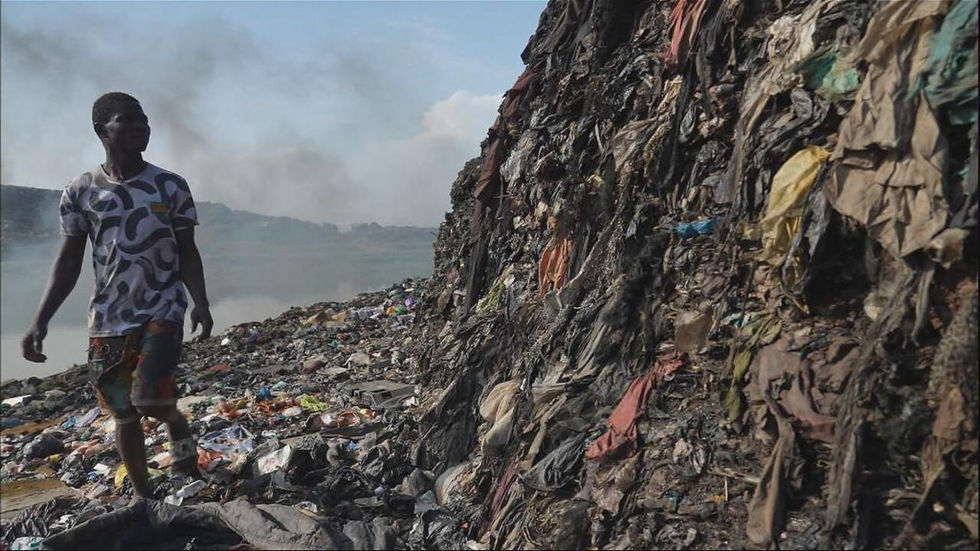Detox catwalk
- Paola Cano
- Jun 7, 2021
- 1 min read
For decades, industrial companies have chosen to use the environment, and in particular our waterways, as dumps for hazardous substances without being hampered by ineffective government regulations. For the local communities living around the production plants, water pollution has become their day to day. Legislation has not always prevented the discharge of toxic chemical substances into the environment, particularly in southern countries, since due to the persistence and danger of these substances there is no “safe level”.

Greenpeace launched the “Detox My Fashion” campaign in 2011 to address this problem, calling on the textile industry to urgently take responsibility for contributing to toxic pollution. The manufacture of clothing for many well-known brands commonly uses hazardous substances.
The Greenpeace campaign has closed Detox engagements with 76 international brands, retailers and suppliers and has had a political impact, sparking political changes in Europe and Asia. Fashion brands, in particular, can play an important role in transforming the industry by influencing suppliers and trends. This has already happened in Italy, where a collaboration, which started in the Prato region, now has 42 companies working together to be Detox.
However, we must continue to strive to "detoxify" the textile industry. Our addiction to fast fashion, the increasing number of garments that are made, sold, worn and thrown away is amplifying the environmental and social impact of fashion. In the future Greenpeace will demand more profound changes to close and slow down the life cycle of clothing.





Comments